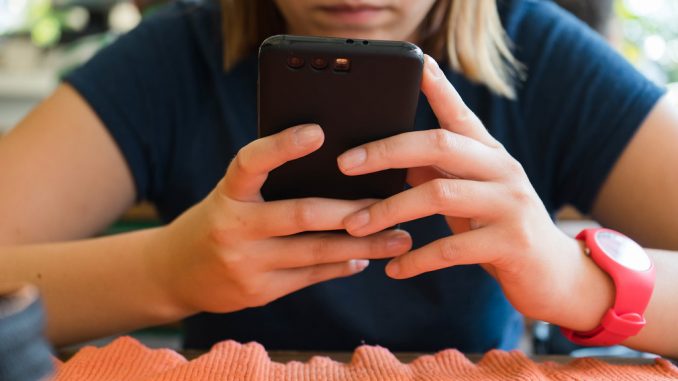
If you have surveyed an active high school or college classroom in the past decade, you may have noted students’ knack for hiding their cellphones. Some prefer to hide their phones under the desk, others nestle them between pages of textbooks and the most skillful texters can message without taking a glance at their keyboards: anything to avoid the class’ content.
It’s no secret that cell phones pose a major distraction in classrooms, and the New Paltz Central School District Board recently explored a plan to prevent it.
While plans are still in the exploratory phase, the board considered purchasing lockable phone cases for students to store their devices in during the school day. Board member Diana Armstead explained that the idea was first introduced roughly three months ago.
“The school setting is an educational and learning environment and cellphones can be a big distraction,” Armstead said. “They also stop students from having face-to-face communication with their peers.”
The company who produces the lockable case is called Yondr, which aims to create phone-free spaces for artists, educators, organizers and individuals, according to their website. Their website explains that a student’s phone is inserted in to a pocket-sized sleeve and locked. While the phone stays on the student’s body, they cannot open it until they use an “unlock base” which allows them to open the sleeve at the end of the school day.
“Engagement is up, the worry about phone usage during final exams was eliminated and Yondr has very quickly become part of the daily routine at school.” said John Anzalone, principal of Sierra Vista High School, in Las Vegas, Nevada, according to Yondr’s website.
Cell phones have not been entirely damaging to classroom productivity. Some educators use quizzing apps, like Kahoot, to review material in class in a fun and engaging way. Students plug an automatically generated “code” into the Kahoot website and can compete with their peers in trivia about class material.
However, one academic article, “Cellphones in Classrooms: Collaboration or Calamity,” analyzes the problems phones pose in classrooms. The study was conducted by Professor James May of Valencia College, in Orlando, Florida back in 2012. The study claimed that “95% of students bring their phones to class every day, 92% use their phones to text message during class time and 10% admit they have texted during an exam on at least one occasion.”
Armstead explained that cell phone use would still be allowed in class if it was used for educational purposes. Additionally, teachers still have access to their phones for emergencies and parents can call the main office if they need to contact their children.
According to Hudson Valley One, rough estimates suggest that the price tag for arming the whole high school with these pouches at around $21,000.
Representatives from Yondr attended a NPCSD Board meeting on Wednesday, March 4, to explain more about their product. A reporter from The Oracle was unable to attend due to conflicts with the newspaper’s production schedule.

